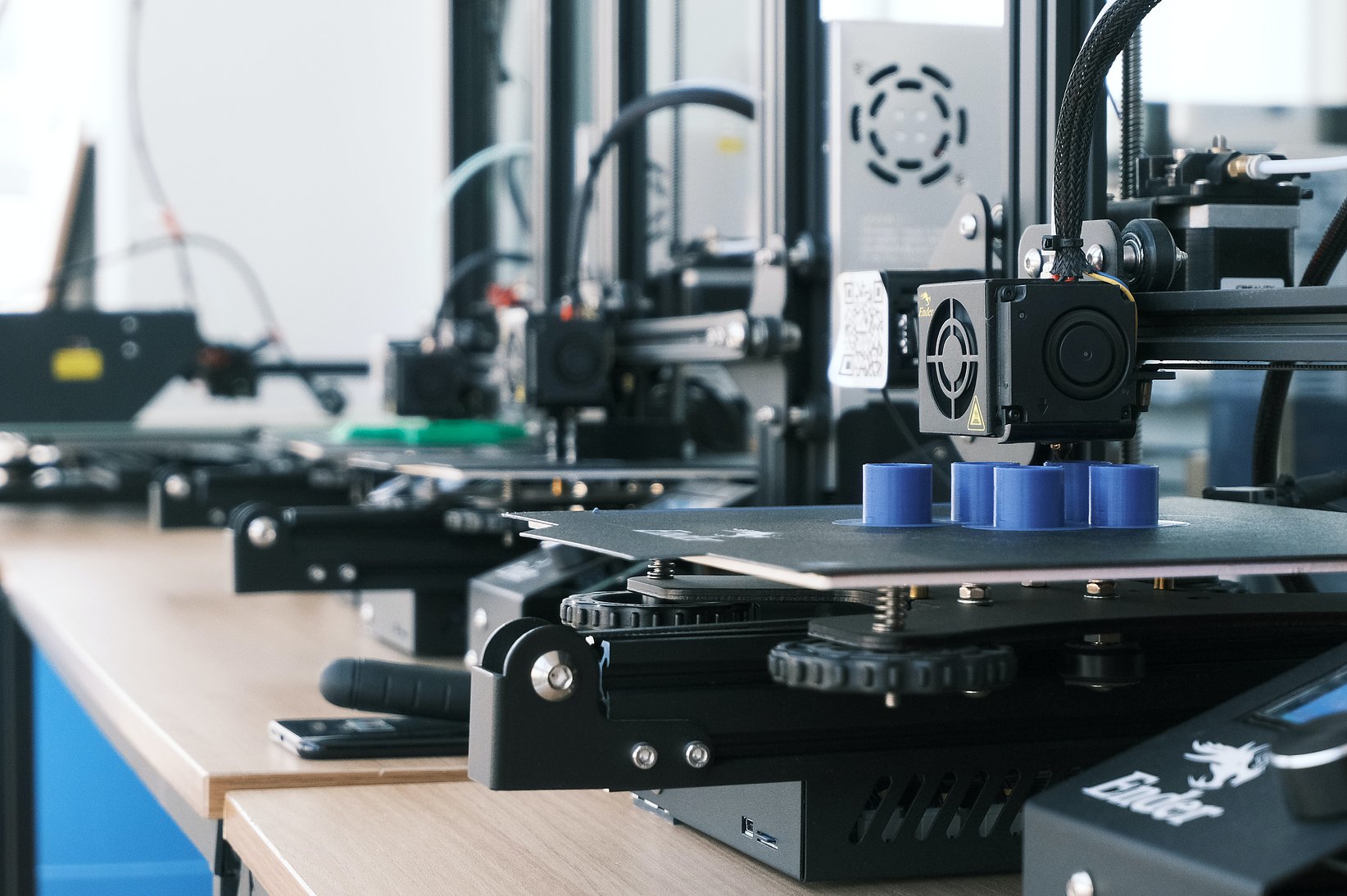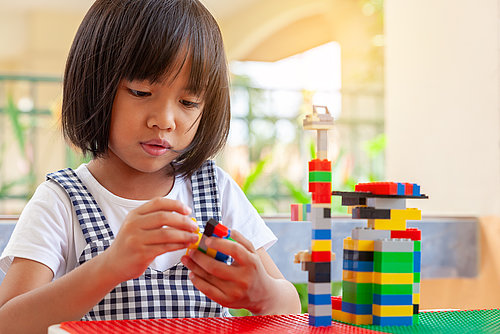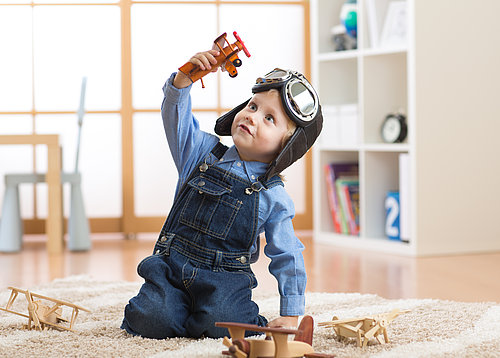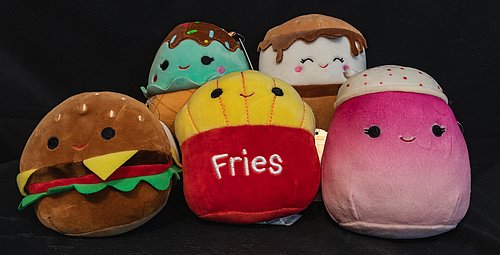
Children's marketing, Families, play, We are Family, 3D Printing
Where are All the 3D Printed Toys?

Little more than 5 years ago it seemed as if 3D printers were about to take over the globe. Every household would have one. Spare parts, bespoke items and even toys would be printed with ease from the comfort of your own home. Unfortunately, 14-hour wait times for poorly constructed monochrome items left many questioning the actual benefits of 3D printing. So where has this technology gone and why are we not seeing it utilised more in the kids and family space?
When it first became popular, 3D printing seemed like a natural adversary to the world of toys and kids items. Missing a piece for your LEGO castle? Never fear, you can print it at home. Want to make a new item for your Action Man? The 3D printer has you sorted. Sadly, expensive printer costs and a necessity for understanding 3D modelling massively reduced the convenience of 3D printing. That's not to say that 3D printing is dead in the water. New advances in the technology have seen it utilised frequently in medical and scientific fields. While it's great to see industrial 3D printing used to benefit society, the future we were promised was one of "a 3D printer in every household".
While the consumer-facing side of 3D printing might not be what we expected, there are still some companies out there trying their best to implement this technology in the kids' market. Dagoma, a 3D printer manufacturer in France, takes an eco-conscious approach and looks for ways to give broken action figures a new lease of life. The company helps people print spare parts to commonly broken toys if they have a 3D printer at home. Another company, Toybox, manufactures and sells 3D printers for children. Kids have over 3,000 characters designs to choose from, with a mix of free and licensed products. Toybox currently has around 25,000 active monthly users, more than double what it had last year. Unfortunately, at a $300 price tag, the printer is still not accessible to most families.
The benefits of 3D printing have not been overstated. The technology itself is still useful and enables environmentally friendly ways to create items for practical or casual use. An 11-foot tall 3D printer was even used recently to build houses in Nacajuca, Mexico. While its application in the household hasn't been what we expected, there is still time for at-home 3D printing to take off. New advances in technology have enabled 3D printers to build faster and with more versatility (no more single colour, pixelated prints). The only thing missing is affordable in-home printers and easy-to-use resources explaining 3D modelling. While the technology might not be what we expected, the future is still optimistic for 3D printing, particularly when it comes to the kids' market.


